One of the initial changes implemented by the UK’s Medicines and Healthcare products Regulatory Agency (MHRA) following Brexit was introducing a temporary mechanism that allowed reduced assessment timelines for medicinal products already approved via European Union (EU) regulatory procedures. The aim was to ensure continued access to new medicines for patients across the United Kingdom (UK), which includes both Great Britain (GB) and Northern Ireland (NI).
The principal route of authorisation for innovative medicines in the EU is via the Centralised Procedure. The MHRA introduced the European Commission Decision Reliance Procedure (ECDRP) which relied upon the completed EU assessment to issue an MA valid in GB only, within 67 calendar days of validation of the application. QbD Group has worked with multiple clients to obtain initial GB MAs via this route, which is currently scheduled to end on the 31st of December 2023.
Introducing the International Recognition Procedure
On 1st January 2024, the MHRA is launching the International Recognition Procedure (IRP). This new regulatory framework seeks to build and expand upon the experience and knowledge gained by the agency from the initial reliance routes such as ECDRP.
IRP aims to facilitate the UK registration of pharmaceutical products previously authorised in seven regions using the assessment already conducted by the medicines regulators of these regions. The IRP is available for medicines authorised and assessed by their respective ‘reference regulators’ (RR) in the following regions:
|
Region
|
Reference Regulator
|
|---|---|
|
Australia
|
Therapeutic Goods Administration (TGA)
|
|
Canada
|
Health Canada
|
|
European Union
|
European Medicines Agency (EMA) and Member State Competent Authorities (This includes approvals through the centralised, MRP/DCP and individual member state national routes)
|
|
Japan
|
Pharmaceuticals and Medical Devices Agency (PMDA)
|
|
Switzerland
|
SwissMedic
|
|
Singapore
|
Health Science Authority Singapore (HSA)
|
|
United States
|
Food and Drug Administration (FDA)
|
This new reliance procedure will help to facilitate the registration of new medicines for patients in the UK, increasing the speed and efficiency of the assessment process. The IRP route can be used provided that both the product authorised by the RR and the proposed product have the same qualitative and quantitative composition (active substance(s) and excipients), and the same pharmaceutical form, in addition to applicants belonging to the same company or group of companies or which are ‘licensees’.
Product types covered by IRP include:
- New chemical entities
- New fixed combination products
- Generic medicines (including hybrid applications)
- New biologicals (including gene and cell therapies)
- Vaccines
- Biosimilars
Two IRP assessment routes
Applications via IRP are subject to two assessment routes
- Recognition A: 60-day timetable
- No clock stop is foreseen following validation
- Recognition B: 110-day timetable
- Recognition B will have published submission deadlines
- This is to allow for discussion of the application by the UK’s Commission on Human Medicines (CHM)
- Clock stop at Day 70, with up to 60d clock-off period
Eligibility for recognition route A
- Applications must be based upon approval from an RR in the last 2 years.
- Any significant divergence from the quality dossier approved by the RR would lead to assessment under Recognition route B.
- Evidence of GMP compliance for all manufacturing sites should be demonstrated at submission.
- None of the Recognition B criteria are met.
Eligibility for recognition route B
- RR approval within the last 10 years
- Criteria for Recognition B route include:
- RR granted a conditional or exceptional circumstances Marketing Authorisation
- Substantial changes in manufacturing process compared to RR approval
- Certain product types, e.g.,: Advanced therapy medicinal products (ATMPs), Orphan medicines, Over the counter medicines
- Risk Management Plan was not assessed by RR
Pre-submission
To be eligible for the IRP the applicant must be established in the UK or in the EU/EEA. At least 6 weeks before the planned MAA submission date, the applicant will need to submit via email an eligibility form to recognition@mhra.gov.uk. The form is generated by completing the ‘eligibility checker tool’ which will aid applicants to determine whether their application is eligible for recognition route A or B. The submission instructions at the top of the form must be followed. The eligibility form must also be included in the MAA submission.
Supporting documents
As with the current reliance route, the ECDRP information should be provided within the text of the cover letter some of which include:
- The cover letter will need to include certain declarations regarding compliance and conformity to the dossier approved by the RR.
- A statement on whether the route is International Recognition, and whether it is Recognition A or Recognition B, and the RR.
- A tabulated list of assessment reports should be presented at the end of the cover letter.
- A statement on whether there are differences in the wording of the proposed therapeutic indications
- A summary of global regulatory history of the medicinal product
- State whether the application has previously been approved, withdrawn, refused, or rejected by another RR.
- State whether a marketing authorisation has been withdrawn, revoked or suspended or not renewed by another RR.
- Details of any significant changes since the approval of the medicinal product.
All IRP applications should be submitted using a consolidated electronic Common Technical Document (eCTD) sequence through the MHRA Submissions Platform. All modules of eCTD should be in EU format (Module 1-5) with UK specific regional information in Module 1.
QbD Group can support you in complying with specific UK requirements in, for example, for pharmacovigilance, product information and artwork management. For products manufactured outside of the EU/EEA, we can support importation, QC testing and QP release steps via our dedicated facility.
Post-approval
The same principles apply to the current ECDRP route in that the IRP route can also be utilised for post-authorisation procedures such as line extensions, variations (Type IB, Type II), and renewal applications.
For products currently authorised via ECDRP, it is advised to continue using EMA as the RR but, if appropriately justified this can be changed. It is also acceptable to submit standalone national post-authorisation procedures including variations for products authorised via the IRP route. The standard MHRA timetables for national post-authorisation procedures apply.
Conclusions
The establishment of IRP is an exciting development as MHRA seeks to establish itself as the UK’s sovereign regulator following Brexit. This, together with the implementation of the Windsor Framework provides a clear path forward for applicants wishing to register and supply medicines to the UK market.
QbD will be attending future MHRA webinars designed to cover key aspects of the IRP route and to address frequently asked queries raised by industry stakeholders. Stay tuned to our blog for further updates on the IRP route by subscribing to our newsletter.
Seeking expert guidance?
Do you require support with your product development and life-cycle maintenance activities in the UK or EU? We recognise the challenges and difficulties that come with this process, and we’re here to help.
Our team of experts will collaborate closely with you to understand your business needs and objectives and then offer specialised solutions to assist you in accomplishing them. With our expert guidance, you can confidently navigate pharmaceutical regulations.
Don’t let apprehension and confusion prevent you from moving forward. With our assistance, you can make sure your company complies with all applicable laws and regulations, maximising your chances of success.







.png?width=109&height=108&name=Pharma%20(2).png)
.png?width=111&height=108&name=Medical%20Devices%20(2).png)
.png?width=84&height=107&name=IVD%20(2).png)




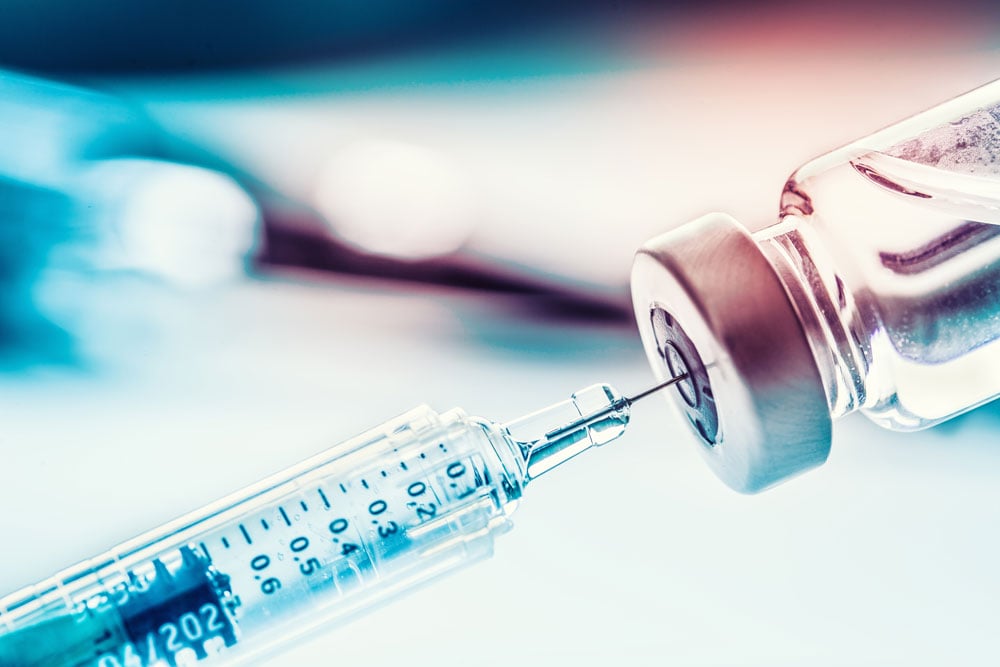

%20Checklist.jpg)


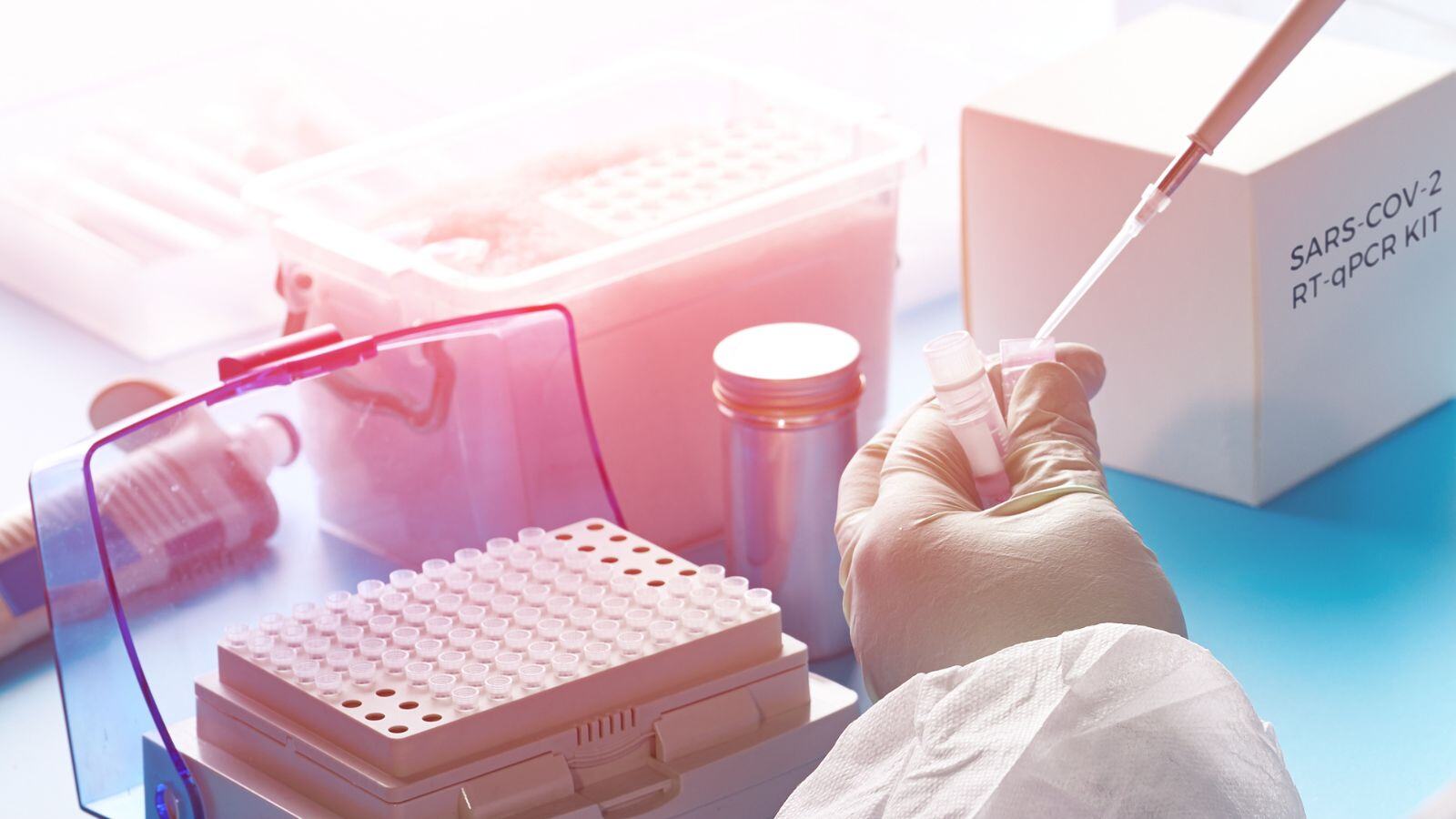
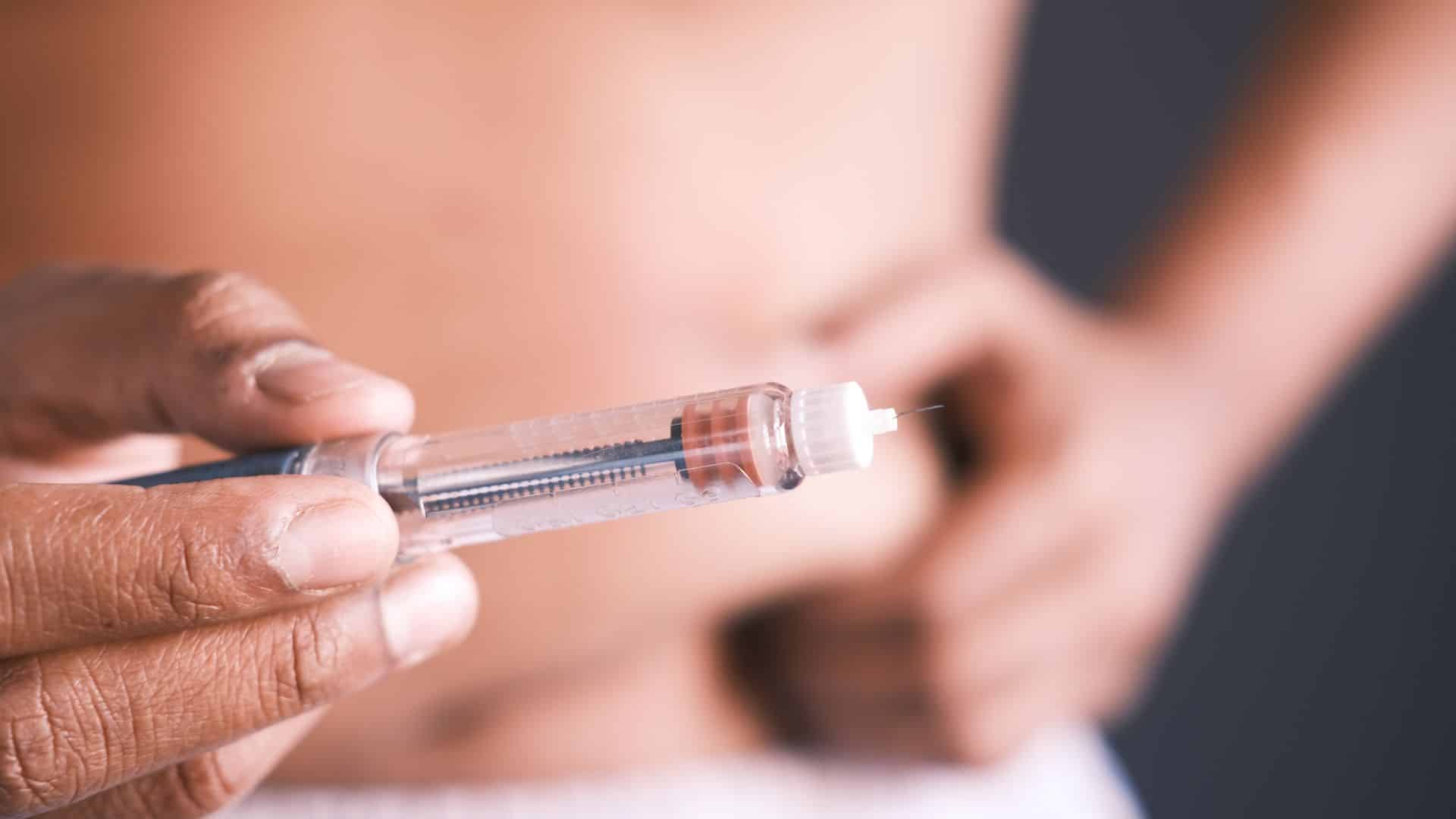


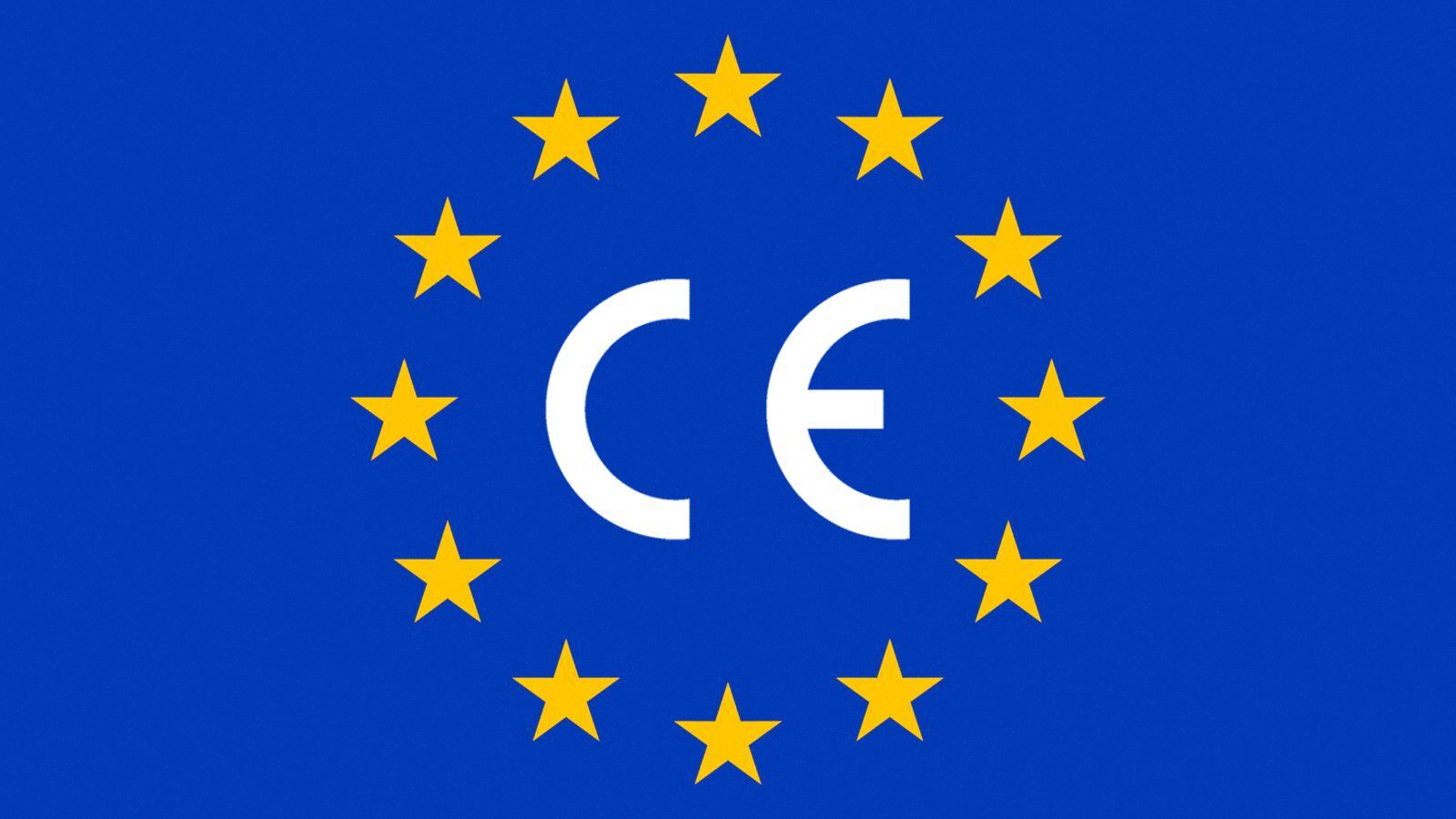

.jpg)

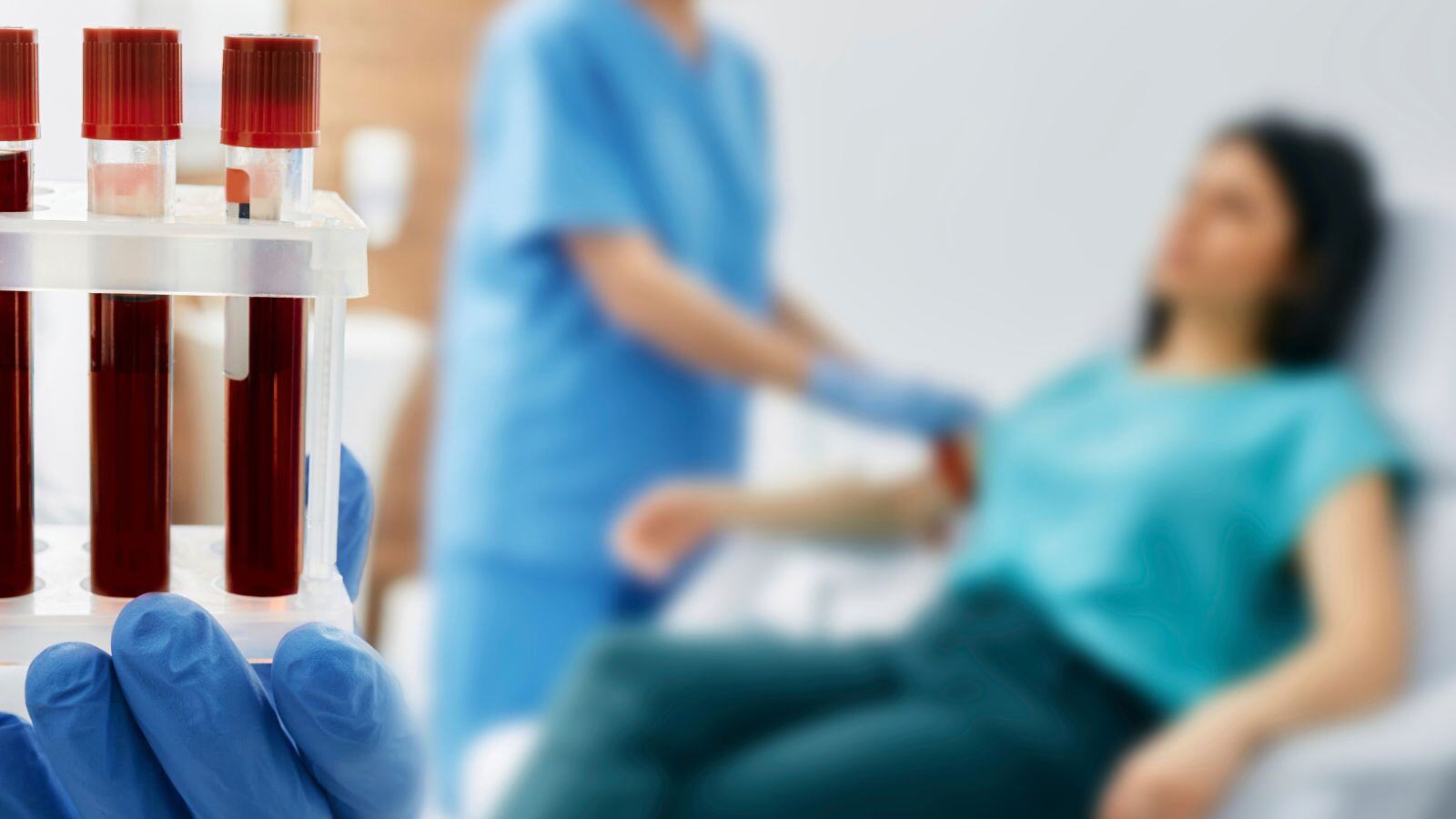


.jpg)
.jpg)

.jpg)

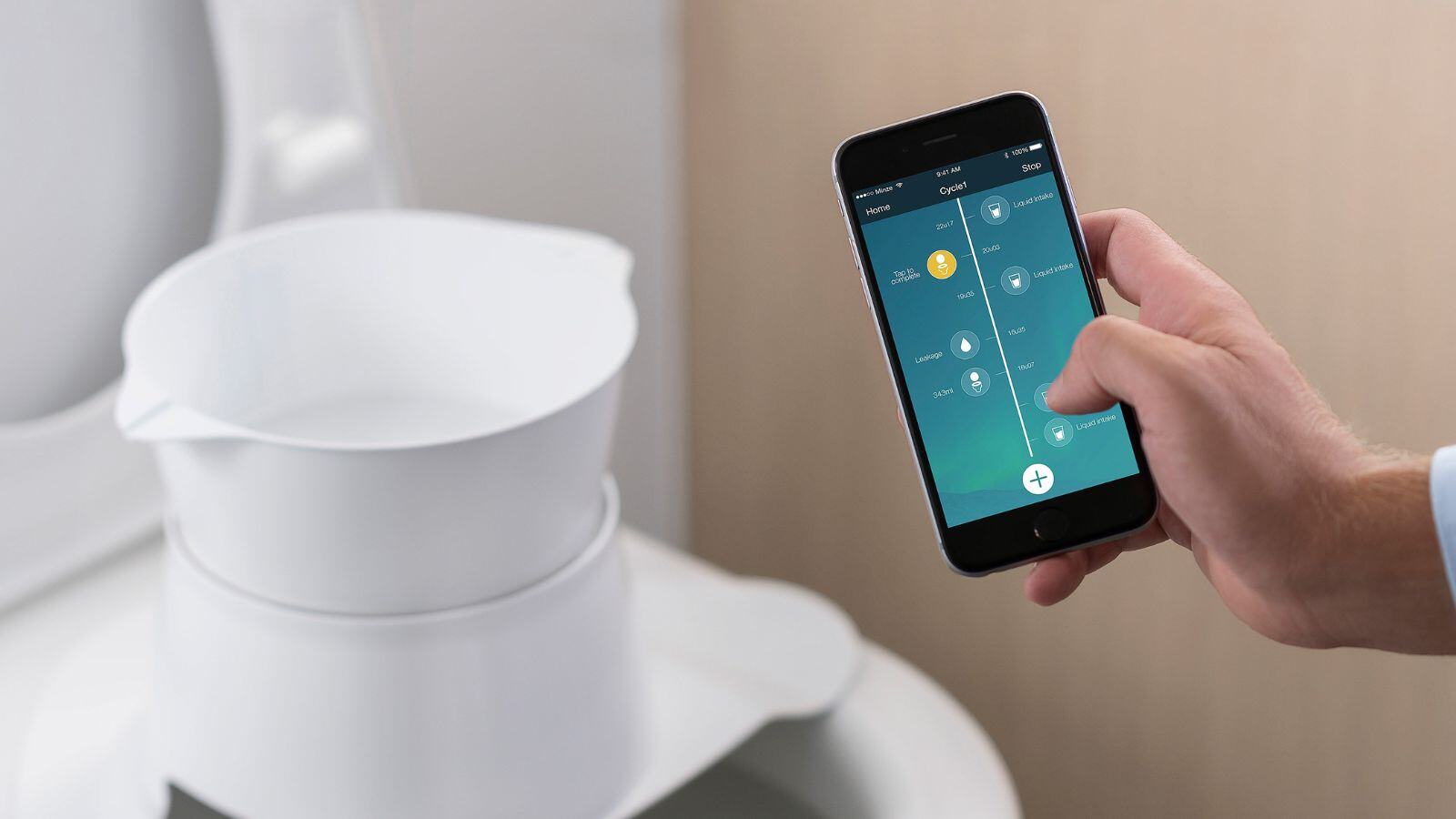
.jpg)
.jpg)
.png)